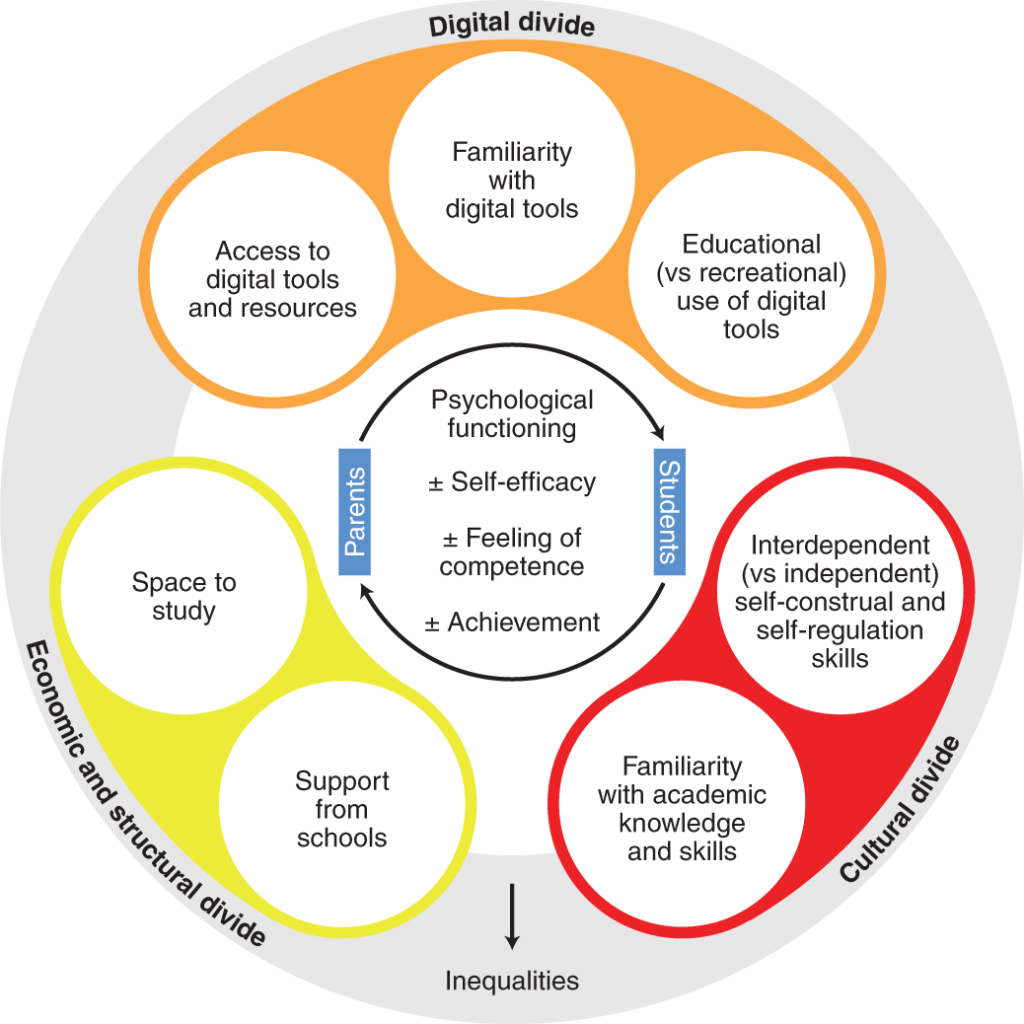
The Role of Technology in Remote Learning and Development: Best Practices and Tools
With the pandemic forcing many individuals and organizations to transition to remote work and learning, technology has become a crucial component in facilitating successful remote learning and development. In this blog post, we will explore the role of technology in remote learning and development, and highlight some best practices and tools for making the most of remote learning.
- Virtual Collaboration Tools: Remote learning and development requires virtual collaboration tools that allow learners to interact with one another and engage in group projects. Tools such as Zoom, Microsoft Teams, and Google Meet are excellent options for facilitating virtual collaboration.
- Learning Management Systems (LMS): Learning management systems (LMS) are platforms that allow organizations to create, manage, and deliver e-learning content to learners. Platforms such as Moodle, Canvas, and Blackboard are popular options for managing remote learning programs.
- Video and Audio Conferencing: Remote learning and development often require video and audio conferencing to facilitate real-time communication and instruction. Platforms such as Skype, Zoom, and Microsoft Teams are excellent options for hosting video and audio conferencing.
- Mobile Learning: With more individuals using smartphones and tablets for learning and development, mobile learning has become increasingly popular. Platforms such as Udemy, Coursera, and Skillshare offer mobile learning options that enable learners to access educational content from their mobile devices.
- Online Assessments: Online assessments are an essential component of remote learning and development. Platforms such as Google Forms, SurveyMonkey, and Typeform are popular options for creating and administering online assessments.
- Social Media: Social media can be a powerful tool for remote learning and development, as it can help learners connect with others and share their learning experiences. Platforms such as Twitter, LinkedIn, and Facebook are excellent options for facilitating social learning and networking.
In conclusion, technology plays a vital role in remote learning and development. From virtual collaboration tools to learning management systems, there are a variety of tools and best practices that can help individuals and organizations make the most of remote learning. By leveraging these technologies, learners can continue to develop their skills and knowledge, even in a remote environment.